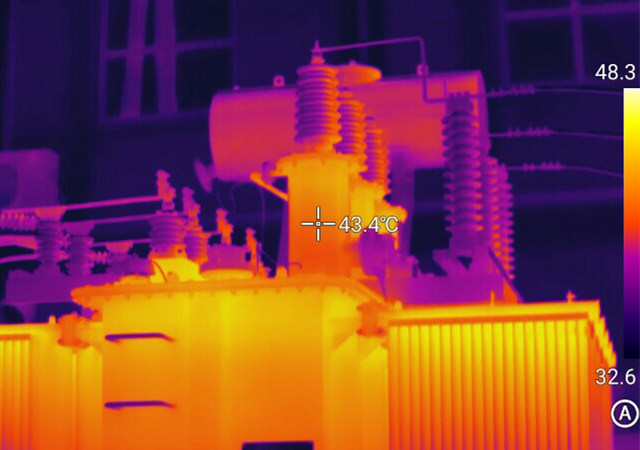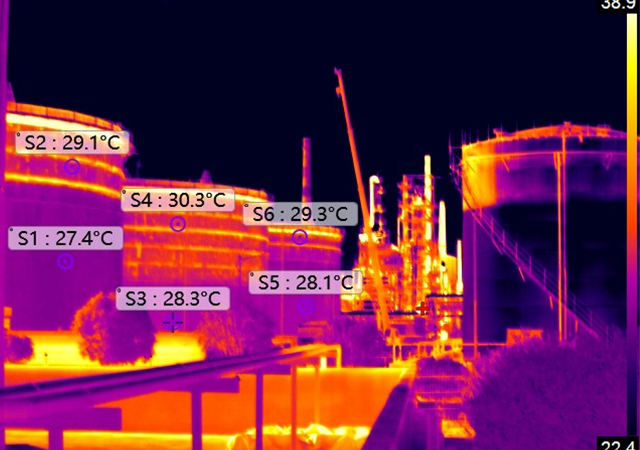As infrared technology continues to improve and become popular, its application in the field of smart energy has extensive and important significance. From global energy monitoring and solar energy management to the development of building energy-saving strategies, it has undoubtedly expanded the scope of human utilization of sustainable energy resources. It is believed that with the continuous advancement of technology, this technology will play a more important role in the development of sustainable energy in the future. Thermal imaging technology has several applications in the smart energy field. Here are some examples:
Energy Auditing
Infrared technology can be used for energy auditing in residential, commercial, and industrial buildings. By detecting thermal irregularities, such as air leaks, insufficient insulation, or faulty HVAC systems, infrared cameras can help identify energy inefficiencies and areas for improvement. This information can be used to optimize energy consumption and reduce energy waste.

Solar Panel Inspection
Infrared thermal camera is useful for inspecting solar panels and identifying any malfunctions or defects. By detecting "hot spots" or variations in temperature across the solar panel array, infrared cameras can pinpoint faulty cells or wiring connections that may affect the panel's performance. Early detection of such issues can prevent energy losses and improve the overall efficiency of the solar energy system.
Power Grid Monitoring
Thermal imaging camera can play a role in monitoring power grids and electrical equipment. By scanning power lines, transformers, and other components, thermal cameras can identify overheating or excessive load conditions. This information can help utility companies detect potential failures, optimize maintenance schedules, and prevent power outages.
Building Management Systems
Infrared thermography can be integrated with building management systems to monitor and control energy consumption. By continuously monitoring the temperature distribution within a building, thermal cameras can provide real-time data on heating, ventilation, and air conditioning (HVAC) systems' performance. This allows for proactive adjustments to optimize energy usage, improve occupant comfort, and reduce operational costs.
Energy Efficiency in Industrial Processes
Infrared technology can be used to identify energy inefficiencies in industrial processes. By visualizing heat patterns and thermal losses, infrared cameras can help identify areas where energy is being wasted, such as inefficient heat transfer or insulation breakdown. This information can guide process optimization efforts and lead to energy savings in various industrial sectors.

Smart Grid Infrastructure
Infrared thermal imaging camera can be employed to monitor and maintain smart grid infrastructure. By inspecting components like transformers, switchgear, and substations, thermal cameras can detect hotspots or abnormal temperature variations, indicating potential issues or failures. Timely detection can help prevent equipment damage, improve reliability, and ensure efficient energy distribution.
Overall, infrared thermal imaging is a valuable tool in the smart energy field, enabling efficient energy management, improved system performance, and cost savings. Its non-contact, non-destructive nature makes it particularly suitable for monitoring and diagnosing energy-related systems and infrastructure.
Go Top